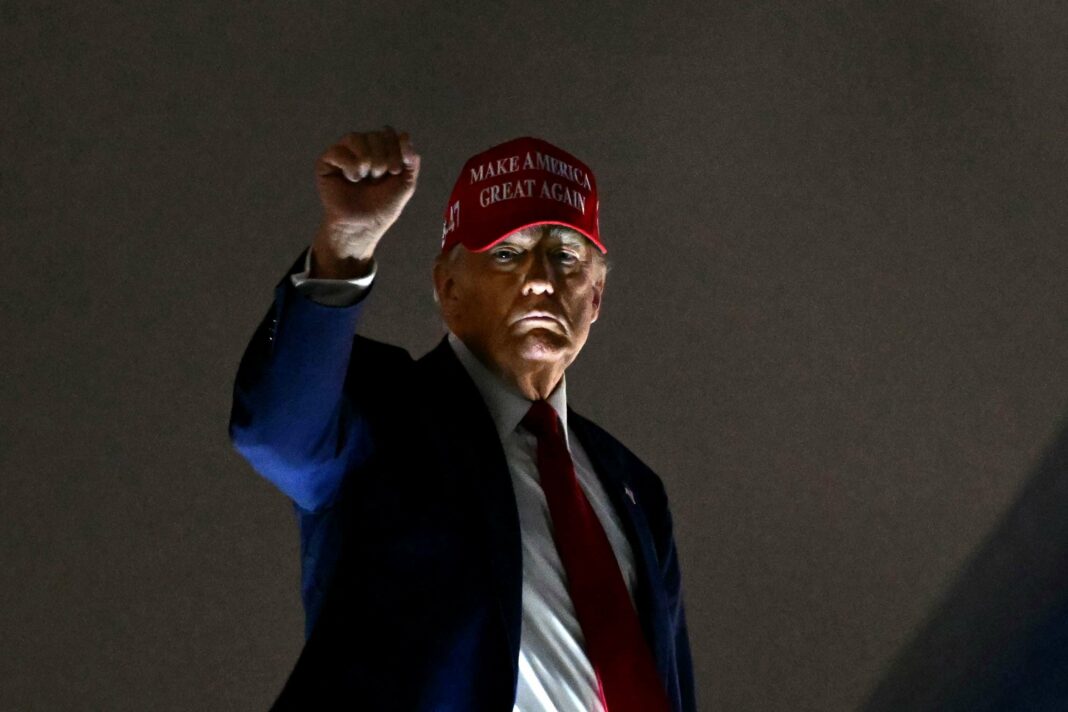The U.S. has enacted a 10% tariff on many imports, escalating global trade tensions. Key exemptions exist for essential commodities, while steel and aluminum tariffs remain at 25%. Countries heavily exporting to the U.S., such as China and the EU, will face significant impacts. Economists warn of destabilization reminiscent of the 1930s, with retaliatory measures from China prompting major market losses. Trump defends the tariffs as necessary, despite concerns over inflation and unemployment from the Federal Reserve.
Impact of New Tariffs on Global Trade
As of Saturday, the United States has implemented a sweeping 10% tariff on a significant portion of its imported goods, a move initiated by Donald Trump that is sending shockwaves through the global trade landscape. This development is anticipated to escalate tensions in international commerce over the coming days.
Some exemptions apply to this new tariff structure, including essential commodities such as oil, gas, copper, gold, silver, platinum, palladium, construction wood, semiconductors, pharmaceuticals, and specific minerals that are not sourced domestically. However, steel, aluminum, and imported vehicles remain unaffected by this new tariff, as they are already encumbered by a hefty 25% duty.
Consequences for Exporting Countries
The implications of these tariffs will become noticeably heavier starting April 9, particularly impacting countries that export more to the U.S. than they import. Notable increases include a staggering 54% for China, 20% for the European Union, 46% for Vietnam, and 24% for Japan. This adjustment will affect around 80 nations and territories, including all 27 members of the European Union, according to official U.S. government documentation released on Friday.
In response to these developments, Bangladesh convened an emergency meeting to discuss the potential fallout for its textile sector, which is the world’s second-largest clothing manufacturer and exports 20% of its ready-made garments to the U.S.
The list of heavily taxed regions has been refined, no longer including French territories like Saint-Pierre-and-Miquelon or the Australian sub-Antarctic islands, which primarily host wildlife. This adjustment drew reactions of astonishment and ridicule regarding the U.S. administration’s approach.
On a broader scale, the UN Conference on Trade and Development (UNCTAD) voiced concerns about the ongoing impact on the world’s poorest nations. These countries contribute minimally to the U.S. trade deficit and are unlikely to play a role in addressing this imbalance.
The tariffs, framed by Trump as a necessary response to a “national emergency,” have already begun to destabilize the global economy. Economists predict that the new customs barriers will reach levels reminiscent of the 1930s, a time characterized by significantly lower trade volumes and greater independence among nations.
With retaliatory measures from Beijing, including a 34% tariff on American products set to take effect on April 10, financial markets have responded dramatically. In just two days, the U.S. market experienced a staggering loss of over $6 trillion in market capitalization, according to the Dow Jones US Total Stock Market index.
Despite these alarming trends, Trump remains steadfast in his approach, proclaiming on his Truth Social platform that he will not alter his policy. He expressed confidence that this could be an opportune moment for financial gain, urging the Federal Reserve to lower interest rates in light of recent price adjustments. Conversely, the head of the Fed painted a grim picture, warning that the tariffs could lead to heightened inflation, diminished growth, and increased unemployment.
